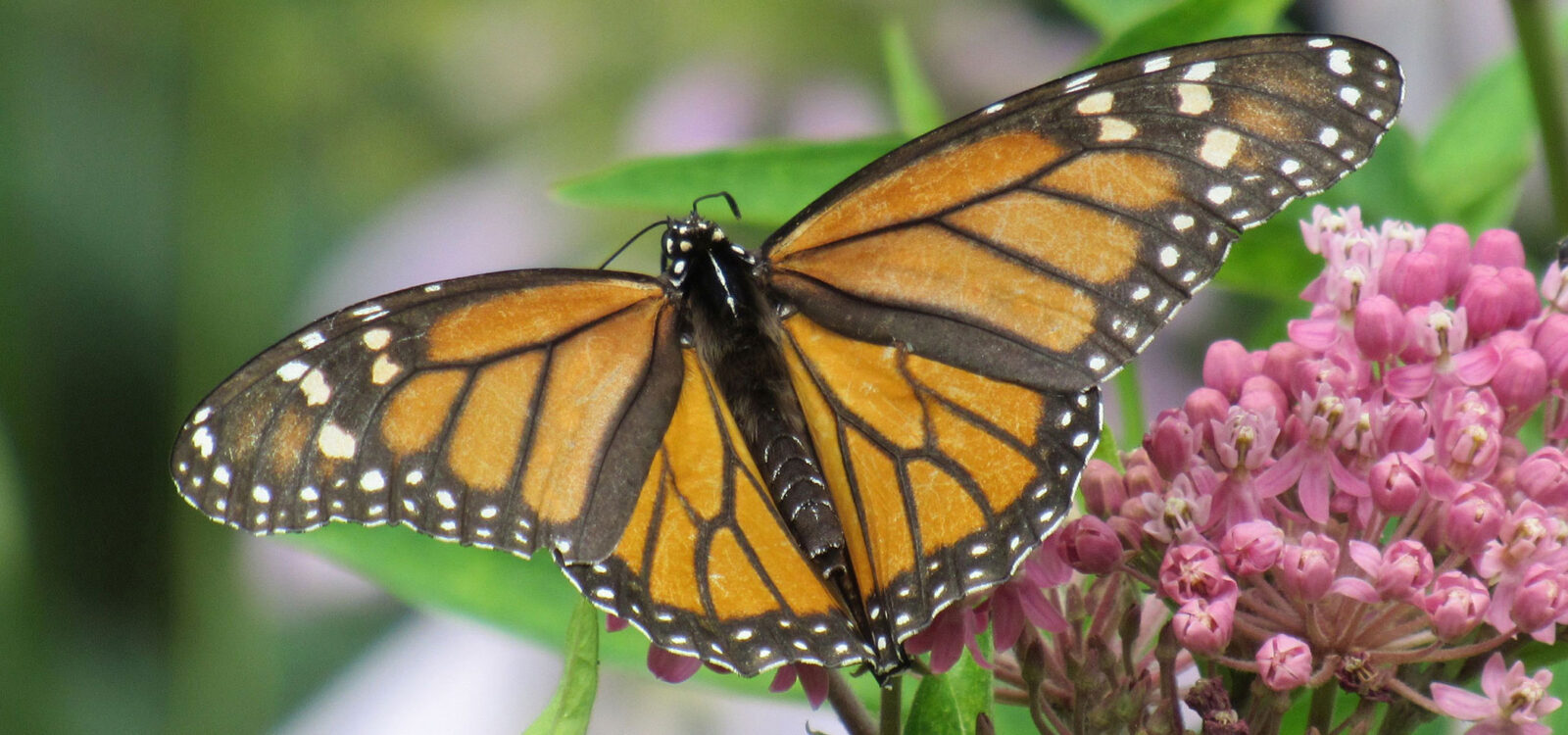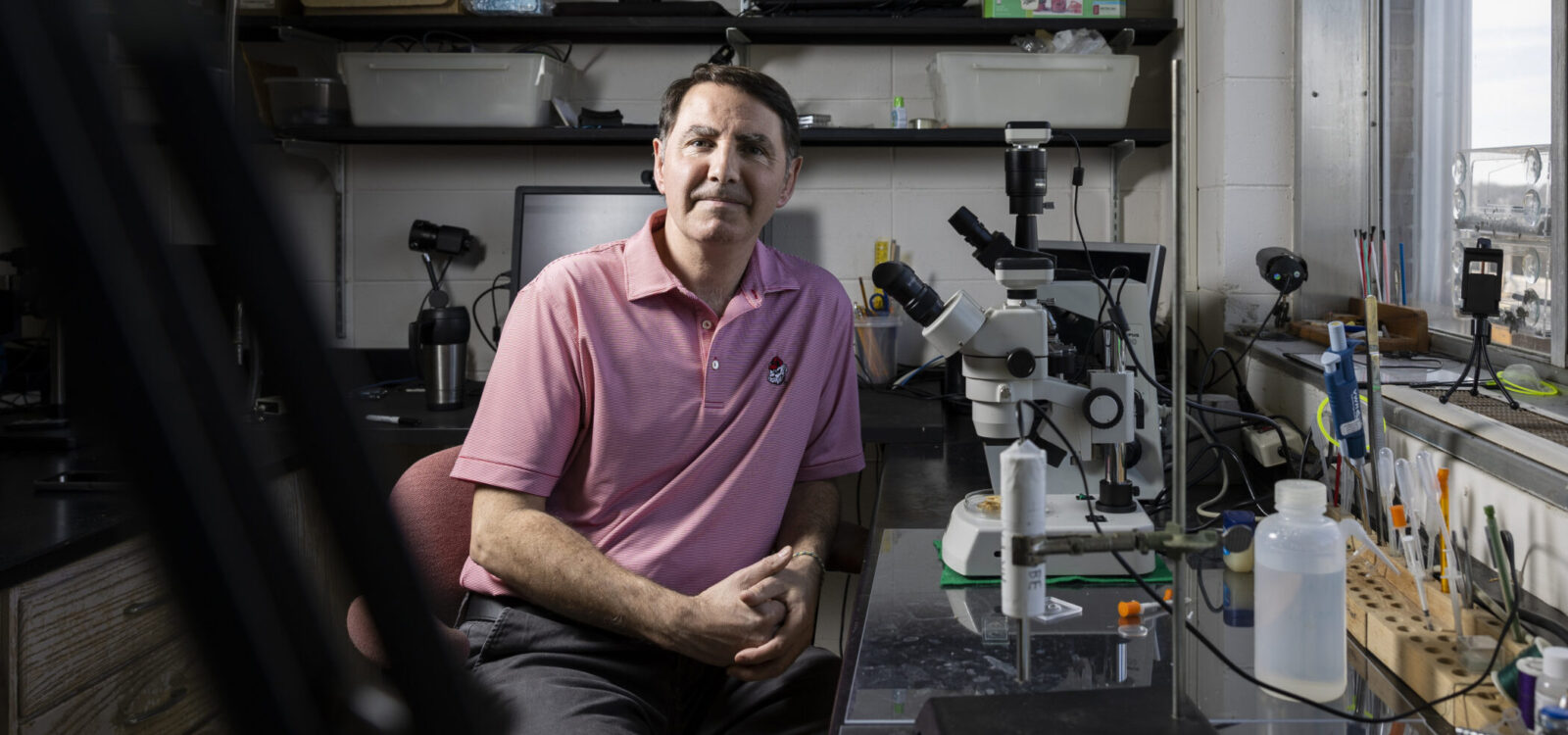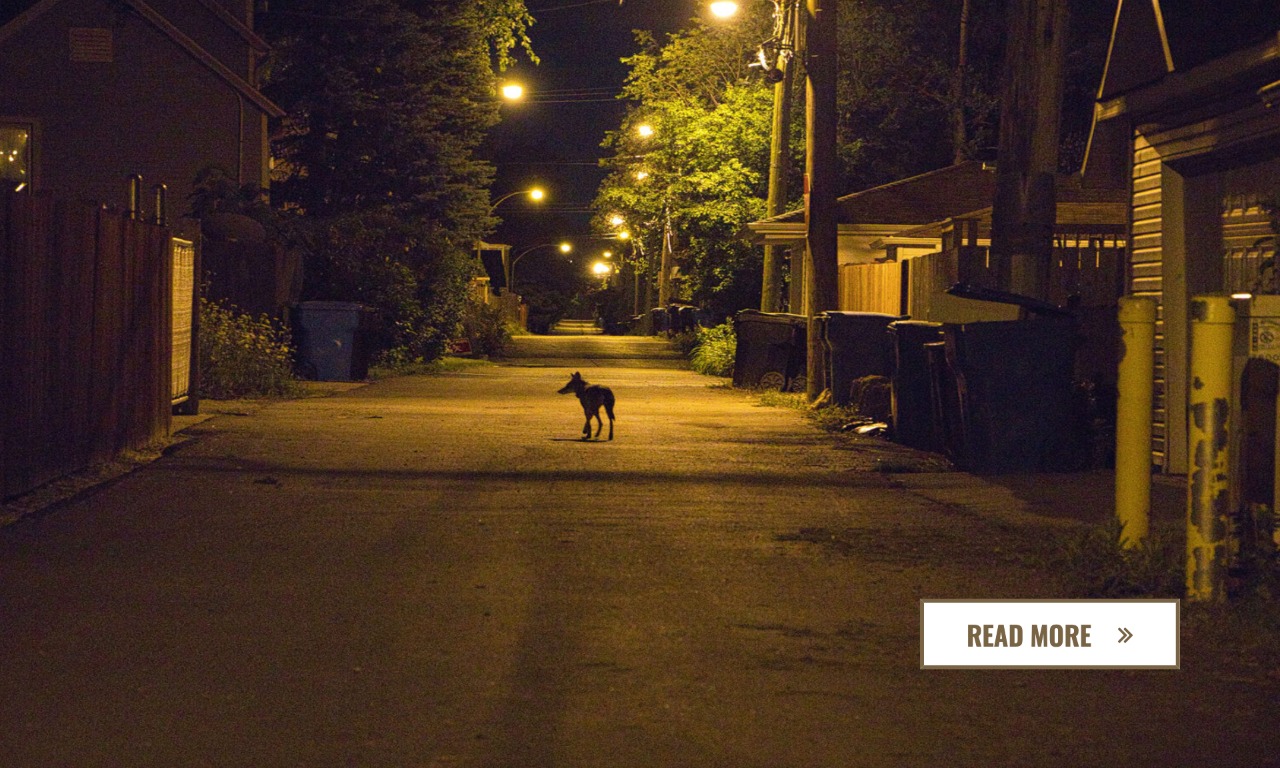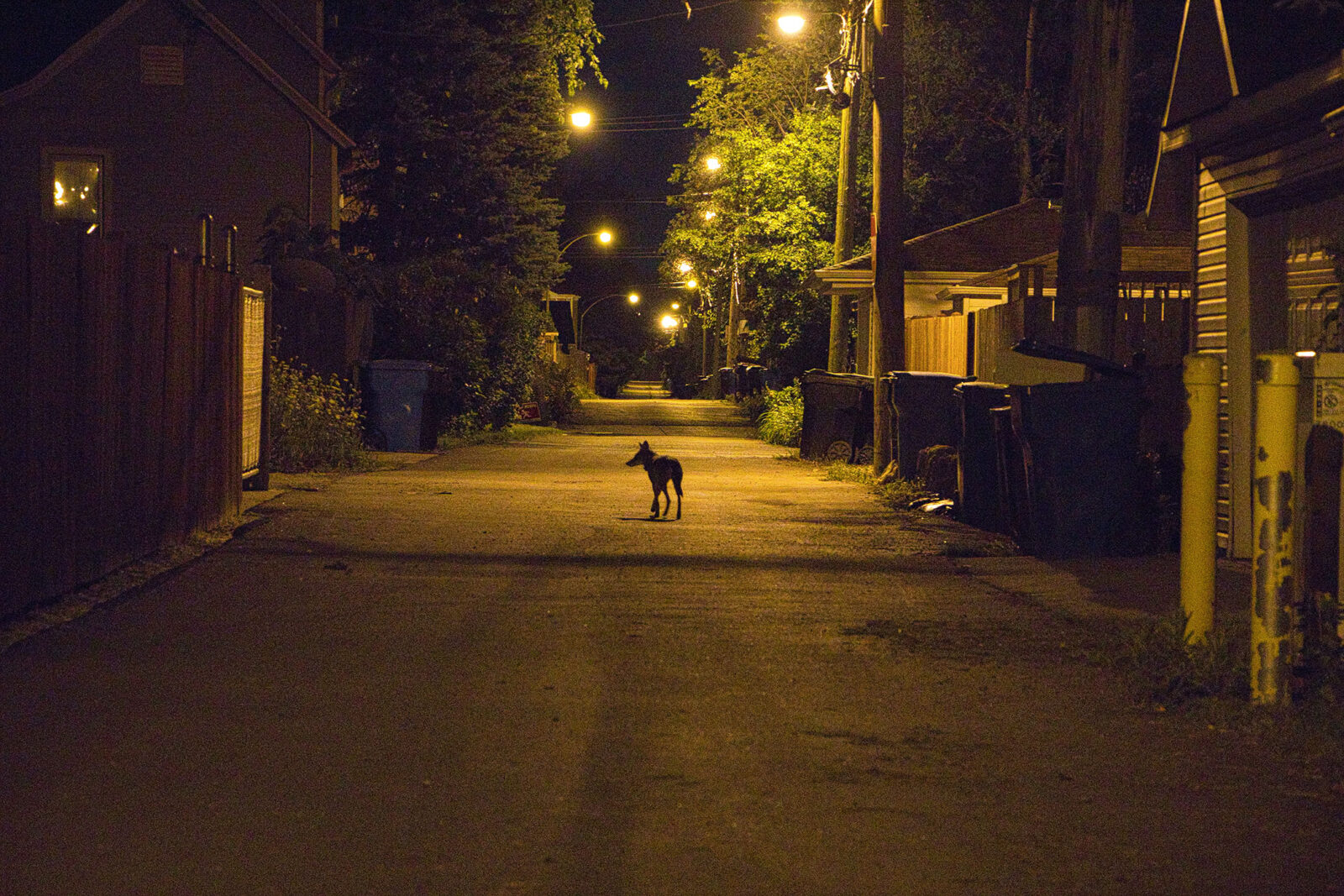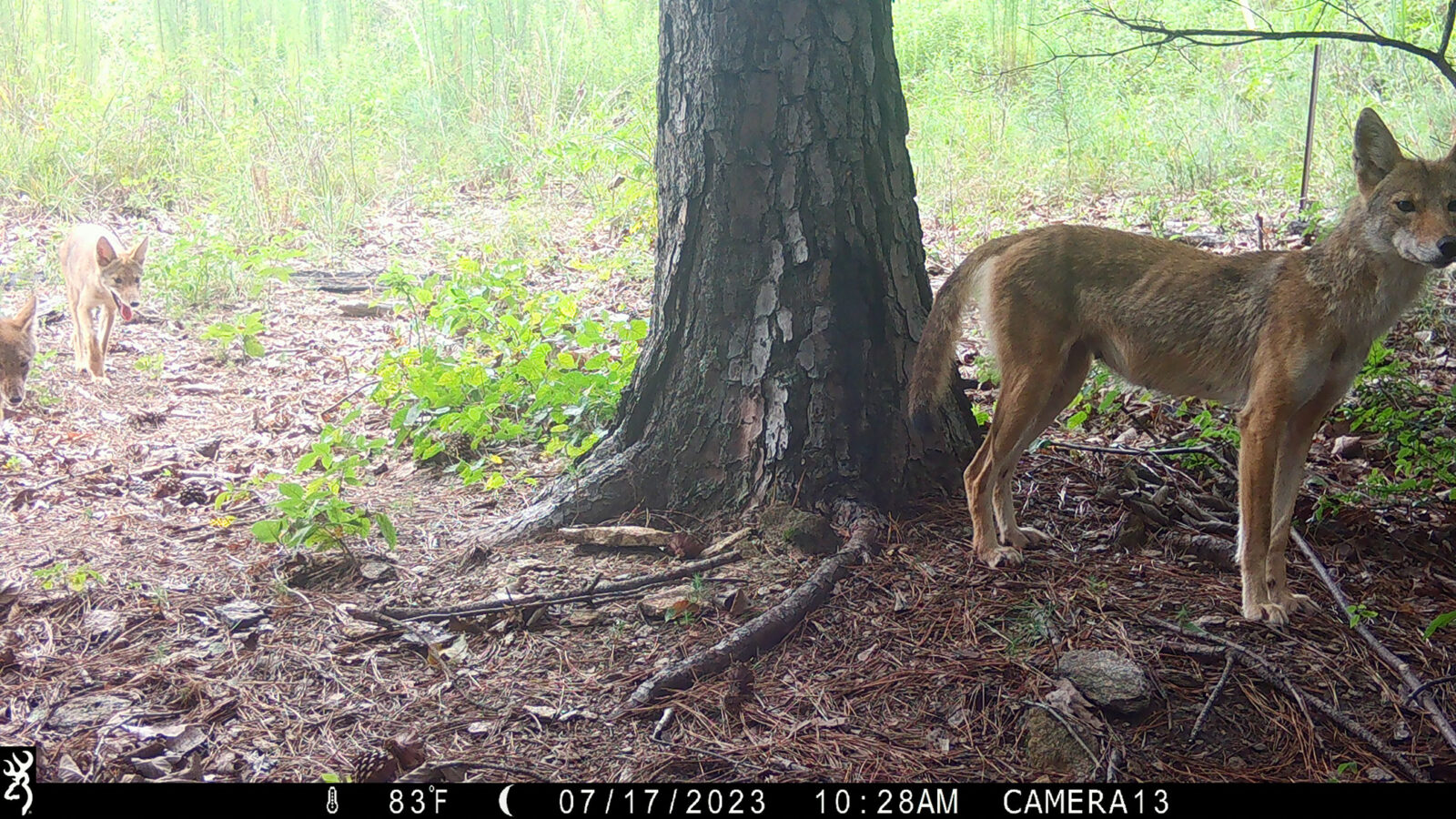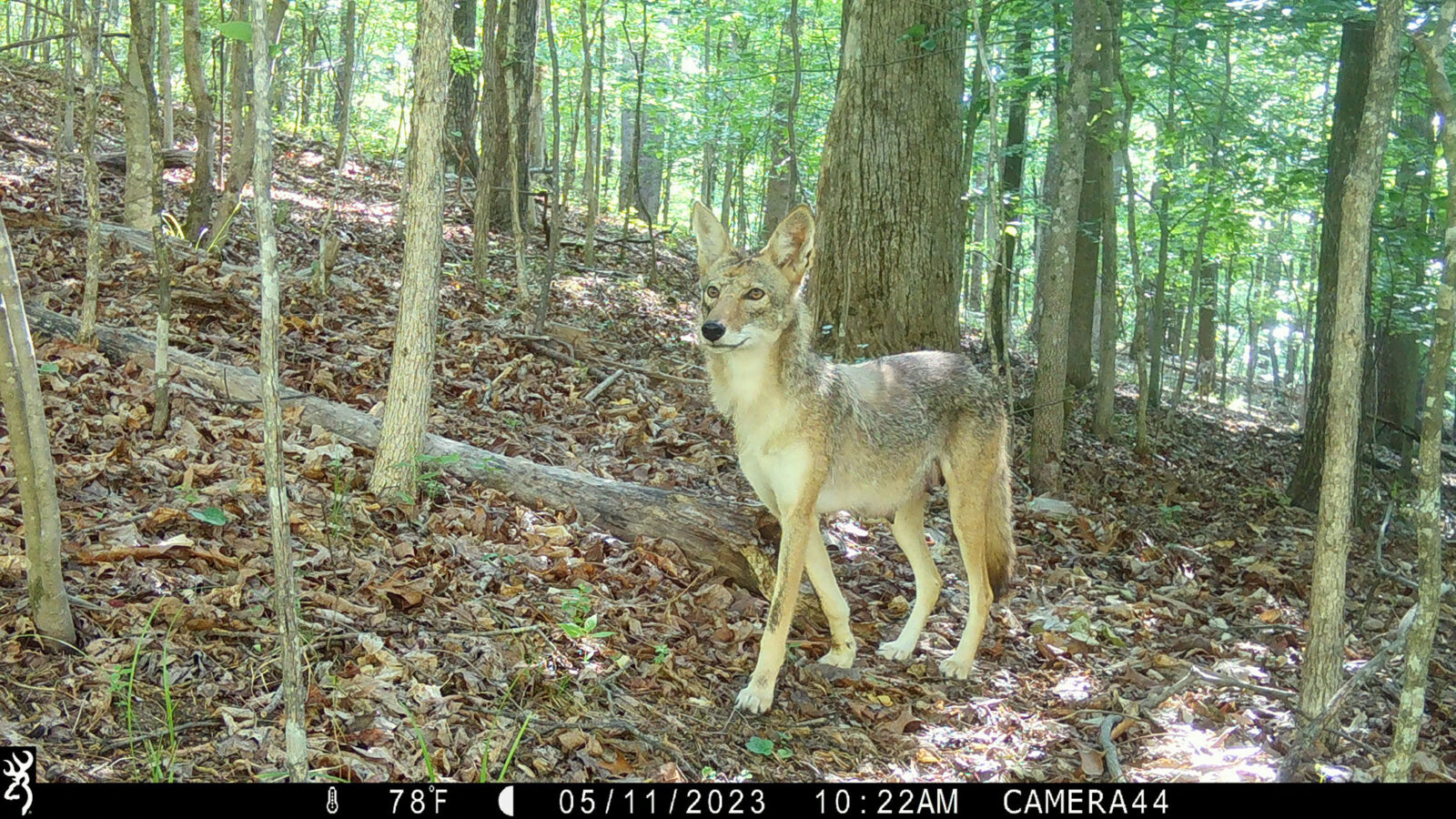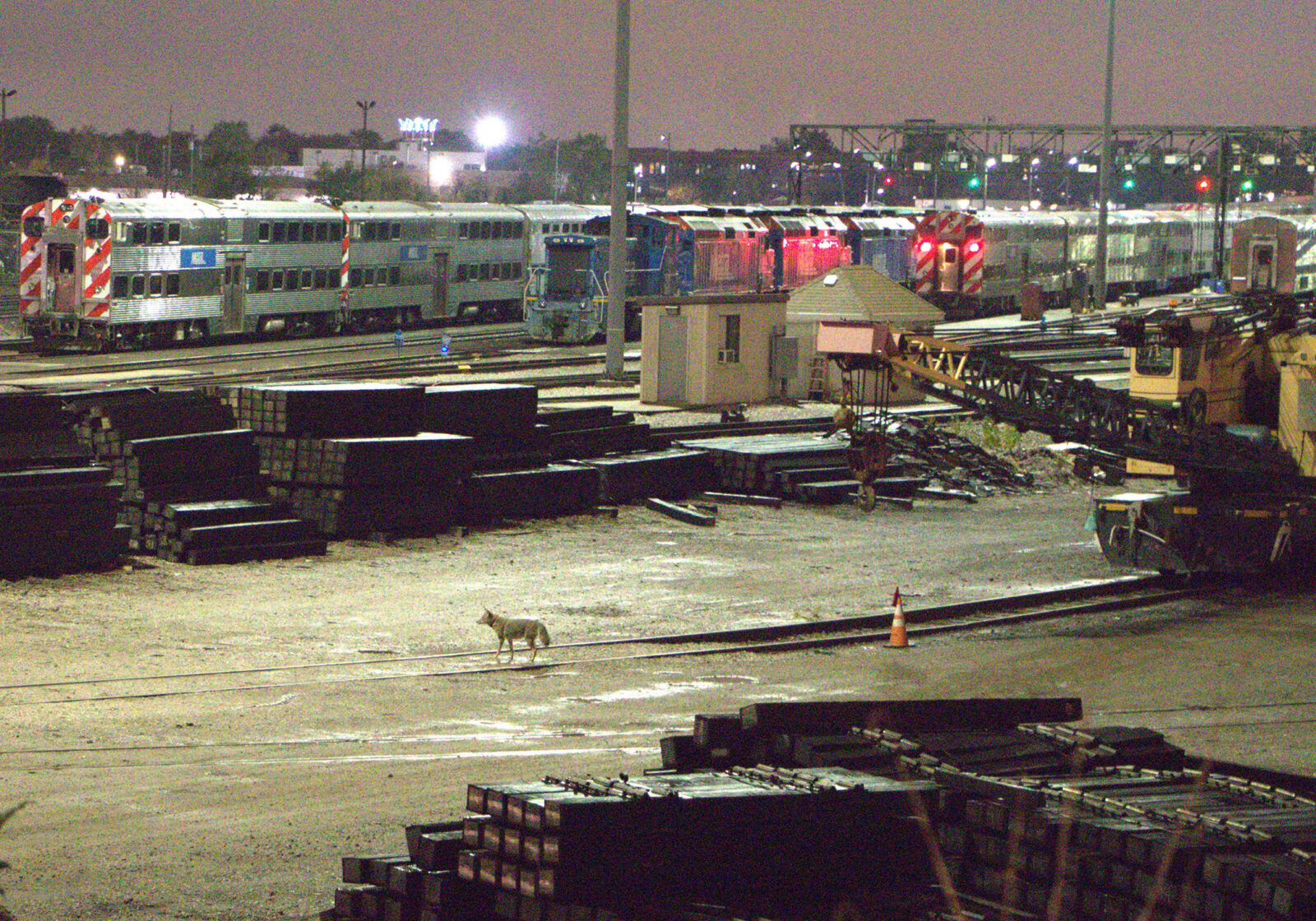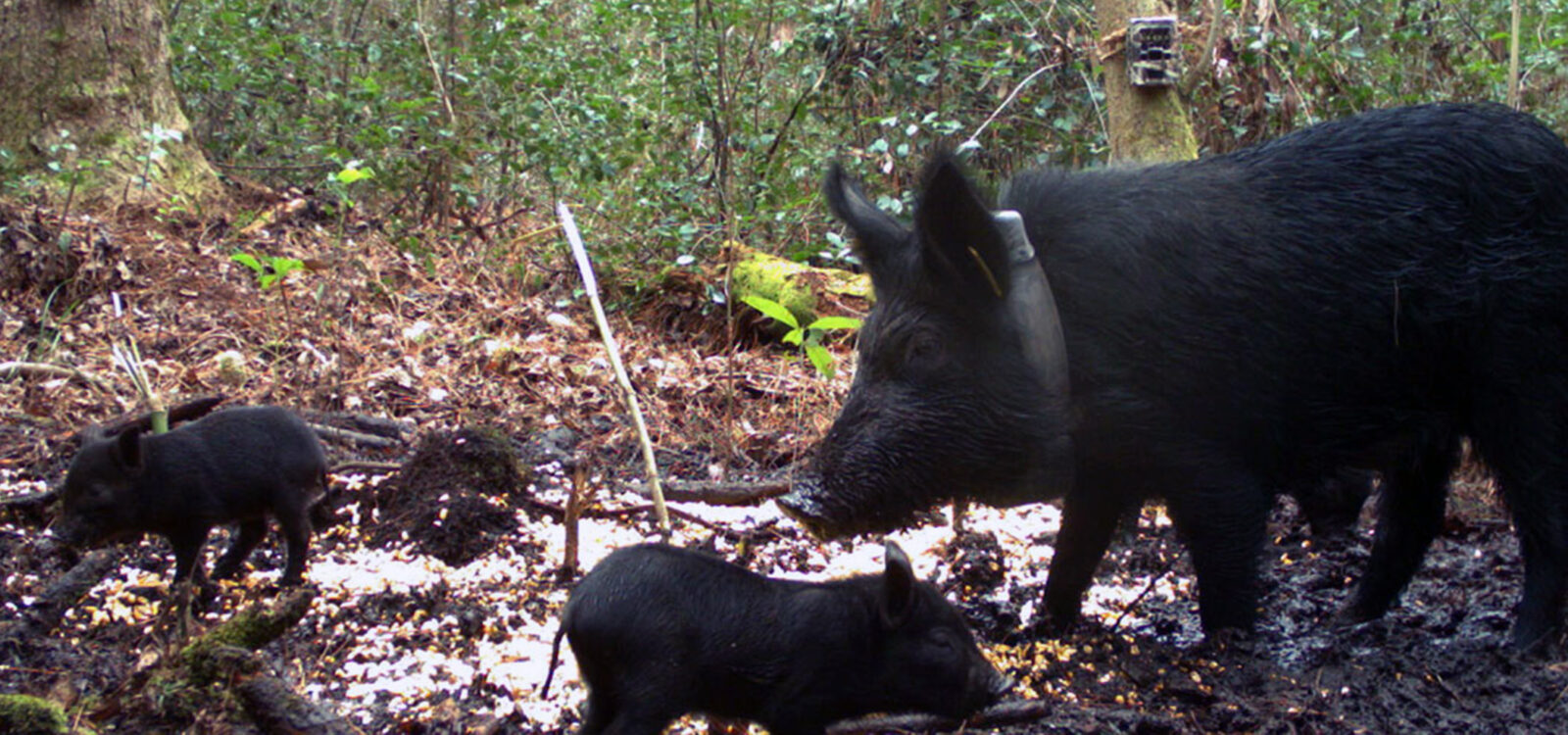Butterfly spots aid in migration
During the winter, monarch butterflies migrate as far as 3,000 miles from the United States and Canada to south and central Mexico—an incredibly long distance for such a small species. Now, research by Andy Davis out of the Odum School of Ecology suggests that monarchs with more white spots are more successful at making that trek. While researchers are unsure of a precise reason, they suggest it’s possible the spots change airflow patterns around their wings. Read More >>

Georgia accent fading fast, y’all
UGA linguistics researchers found that the classic Georgia accent is beginning to fade, as younger generations are less likely to speak with that distinctive twang. Led by Margaret Renwick and Jon Forrest from Franklin College, the study highlights the complex relationship among generational changes, societal dynamics, and the evolution of language. Read More >>

Coyotes are everywhere
Since first arriving in the state sometime in the 1970s, coyotes have spread to each of Georgia’s 159 counties. And new video from the lab of Warnell School of Forestry & Natural Resources researcher Michel Kohl documents their everyday presence—even if you never see them. In partnership with Wildlife Atlanta and the Georgia Department of Natural Resources, Kohl outfitted a number of urban coyotes with video collars, and the resulting footage shows how far and wide they roam.
“Coyotes have expanded their range east, demonstrating their incredible resilience and ability to adapt,” said Kohl, who hopes the videos can answer questions people have about these canines and reassure them that coyotes pose little risk to humans. Read More >>

So are wild pigs. But we can manage them
Wild pigs are a growing problem across large swaths of the United States, causing billions of dollars in property damage each year. Recent conservation efforts have proven effective at controlling pig populations in the Southeast, an important development considering the environmental and economic costs. According to the study by Jim Beasley at the Savannah River Ecology Lab, wild pig control efforts yielded a 70% reduction in relative abundance of pigs and a corresponding decline of about 99% in environmental rooting damage within 24 months of implementation. Read More >>




